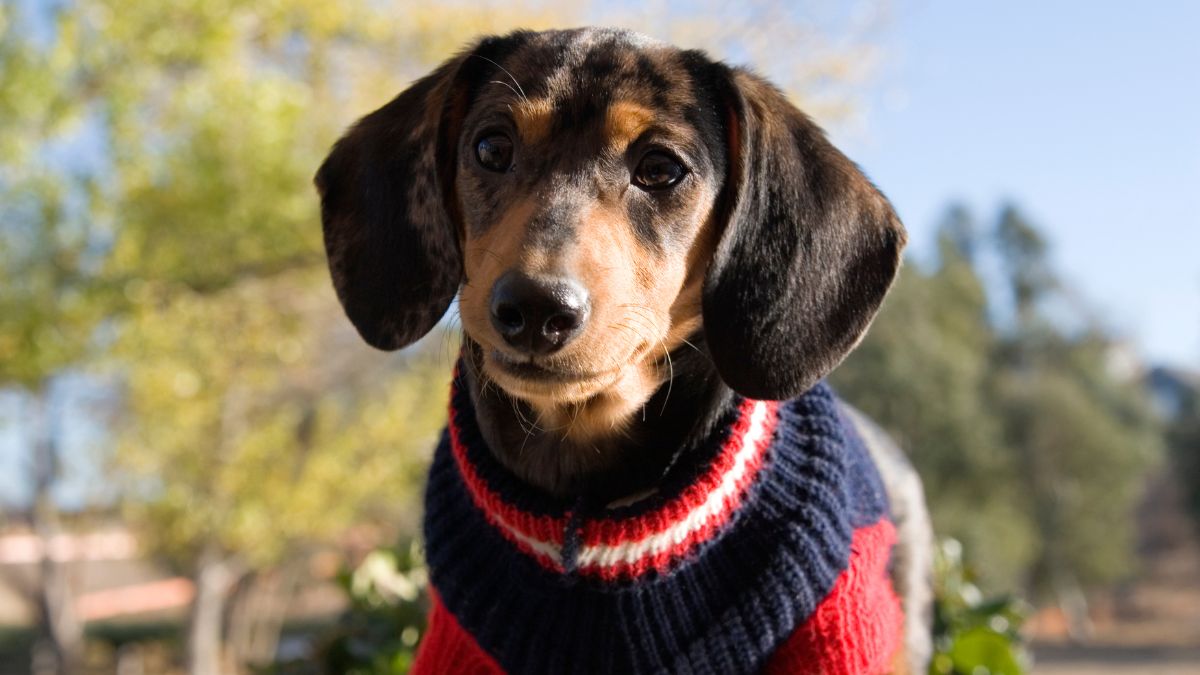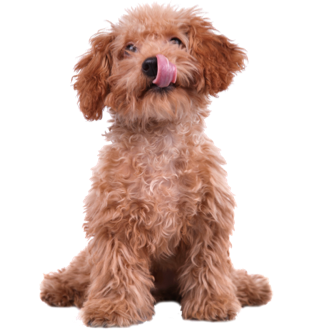As winter approaches, dog owners often wonder, “Do dogs really need sweaters?” While some dogs are well-equipped to handle the cold, others can struggle in low temperatures. Like humans, certain breeds and age groups are more sensitive to chilly weather and may need extra insulation to stay comfortable. But before you rush to buy that adorable sweater for your furry friend, it’s essential to understand their specific needs and preferences.
In this guide, we’ll explore which factors influence whether your dog needs a sweater, the benefits and drawbacks of dog apparel, and tips for choosing the right garment. We’ll also answer some common FAQs to help you make the best choice for your pup.
Factors That Influence Whether Your Dog Needs a Sweater
1. Breed
Certain dog breeds, especially those with thick, double coats like Huskies, Alaskan Malamutes, and Bernese Mountain Dogs, are naturally suited to withstand cold temperatures. These breeds are descendants of Northern, cold-weather dogs, and their dense fur provides ample insulation. In contrast, short-haired or small breeds, such as Chihuahuas, Miniature Pinschers, and Dachshunds, have less natural protection against the cold. For these dogs, a sweater can be beneficial to help them maintain body heat.
2. Size
Size plays a crucial role in determining how well a dog handles cold weather. Small dogs have a higher surface area relative to their volume, making it difficult for them to retain body heat. Toy breeds and other small-sized dogs are often more susceptible to the cold than larger dogs. Therefore, if you have a smaller dog, they might benefit from an extra layer, especially during outdoor activities.
3. Fur Type
The type and length of your dog’s fur can greatly impact how well they handle cold temperatures. Dogs with thin or short coats lack the insulation that longer-haired dogs have. Breeds like Whippets, Greyhounds, and even some larger breeds with thin coats can get cold quickly. For these dogs, a sweater can provide necessary warmth.
4. Weather Conditions
Cold weather alone may not be the only factor; wind chill, humidity, and precipitation can make it feel colder than the actual temperature. For instance, the wind can strip away body heat, making it difficult for your dog to stay warm. Rain and snow can also make a dog’s fur wet, further reducing their ability to stay insulated. In these conditions, a water-resistant sweater or coat may be beneficial.
5. Age and Health
Senior dogs and puppies are generally more susceptible to cold weather. Older dogs may have health conditions, such as arthritis, which can worsen in cold weather, making them uncomfortable without additional protection. Dogs with certain medical conditions, like diabetes or heart disease, may also have reduced ability to regulate their body temperature and could benefit from the extra warmth a sweater provides.
Pros & Cons of Dog Sweaters and Coats
Pros
- Warmth: A sweater provides insulation that helps retain your dog’s body heat, keeping them cozy during cold weather.
- Protection: Sweaters can protect small dogs or those with short fur from the wind, snow, and rain. They also help prevent cracked paws caused by cold, dry weather.
- Comfort Indoors and Outdoors: Sweaters can be useful for dogs who get chilly even indoors, such as thin-coated or small dogs who feel the cold even when inside a heated home.
Cons
- Overheating: Dogs with thick, dense coats may overheat if they wear a sweater in milder conditions, as they have natural insulation.
- Potential Health Hazards: Ill-fitting sweaters can pose risks. A too-tight sweater can restrict blood flow or breathing, while a too-loose garment can get caught on objects and create hazards.
- Discomfort: Some dogs simply do not like wearing clothes. For these dogs, wearing a sweater can be uncomfortable, so it’s essential to find one they’ll tolerate if it’s necessary for their comfort and safety.
How to Choose a Sweater for Your Dog
Choosing the right sweater for your dog requires careful consideration of fit, material, and style. Here are some tips to help you find the perfect winter wear for your furry friend:
- Material Matters: Look for sweaters made from soft, warm materials that will keep your dog cozy without causing irritation. Wool is a common choice, but since it can absorb moisture, a water-resistant material may be a better option in snowy or rainy conditions.
- Size and Fit: Proper fit is crucial for safety and comfort. The sweater should be snug but not too tight. Measure your dog’s length, chest, and neck size to ensure a good fit. Avoid sweaters that drag on the ground, as they can become dirty or snagged.
- Ease of Use: Consider how easy it is to put on and take off the sweater. Many dogs do not enjoy the process, so opt for designs that are simple to secure without complicated buttons or zippers.
- Layering Options: Some dog sweaters are designed to be layered. A water-resistant outer layer with a warm, soft inner layer can be ideal for very cold or wet days.
- Style and Functionality: Beyond aesthetics, choose a sweater with reflective elements if you walk your dog at dawn or dusk. This enhances visibility and safety.
Keeping Your Dog Safe in Winter Apparel
Once you’ve found the right sweater for your dog, safety becomes a top priority. Here are some guidelines to help you keep your dog safe and comfortable while wearing winter apparel:
- Supervise Outdoor Play: Always supervise your dog while they’re wearing a sweater, especially if they’re active. Sweaters can get snagged on branches or other objects.
- Check for Signs of Overheating: Even in winter, some dogs may overheat if they’re running or playing vigorously. Watch for signs like panting, drooling, or restlessness, and remove the sweater if necessary.
- Inspect for Fit Regularly: Dogs grow, and their weight can fluctuate, so regularly check that their sweater still fits well. It should allow for easy movement without slipping off.
- Limit Sweater Use Indoors: If your home is warm, dogs may not need sweaters indoors. Overheating can be a risk, particularly for dogs with thick coats, so remove their sweaters when they’re indoors unless they show signs of discomfort without it.
Dog Sweaters: FAQs
Dogs with thin or short coats, puppies, and senior dogs may need a sweater once temperatures drop below 45°F. For smaller breeds, consider a sweater even when temperatures are in the 50s. Use your judgment based on your dog’s tolerance for the cold.
Signs that your dog is feeling chilly include shivering, curling up tightly, whining, seeking warm places, and lifting their paws off the ground. If your dog shows any of these signs, consider a sweater or reduce their outdoor exposure.
Yes, dogs can overheat in sweaters if temperatures are moderate or if the sweater is too warm for their natural coat type. Signs of overheating include panting, drooling, and signs of distress. Remove the sweater if your dog appears too warm.
Wool is warm and comfortable but may absorb water, so it’s best for dry conditions. Acrylic or synthetic fibers are also good options as they retain warmth, resist water, and are often machine-washable.
It’s generally best to remove sweaters before bedtime, especially if your home is heated. Overheating and discomfort can disturb your dog’s sleep, so it’s safer to provide a warm blanket if needed.
Final Notes
Whether or not your dog needs a sweater depends on various factors like their breed, size, fur type, and tolerance for cold weather. If you’re unsure, consult your veterinarian. Some dogs may love the extra warmth, while others prefer to brave the cold as they are. As a pet owner, it’s your responsibility to ensure your dog’s comfort and safety in winter weather.
Remember, a sweater isn’t a replacement for other cold-weather precautions. When the temperature is extremely low, limit outdoor time, avoid salted or icy surfaces, and always keep an eye out for signs of cold-related distress. By understanding your dog’s needs and preferences, you can make winter a cozy and enjoyable season for both you and your furry friend.











